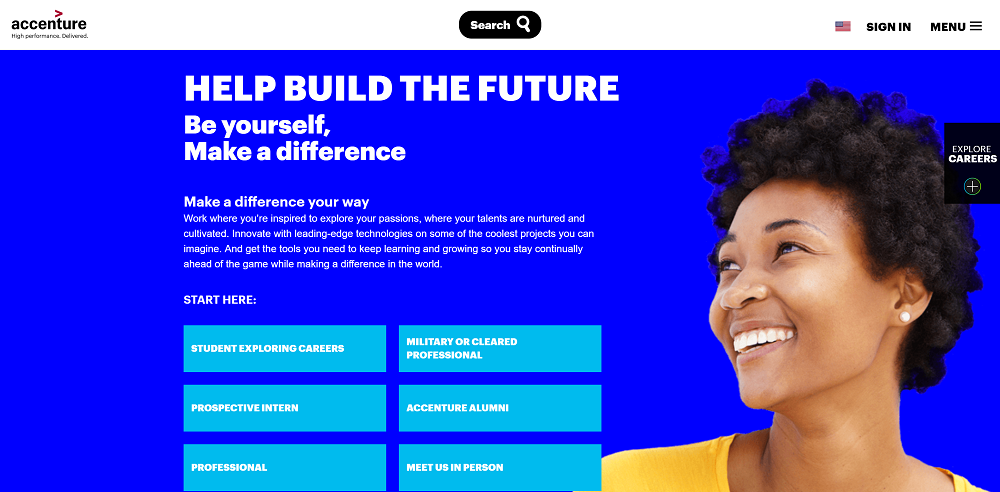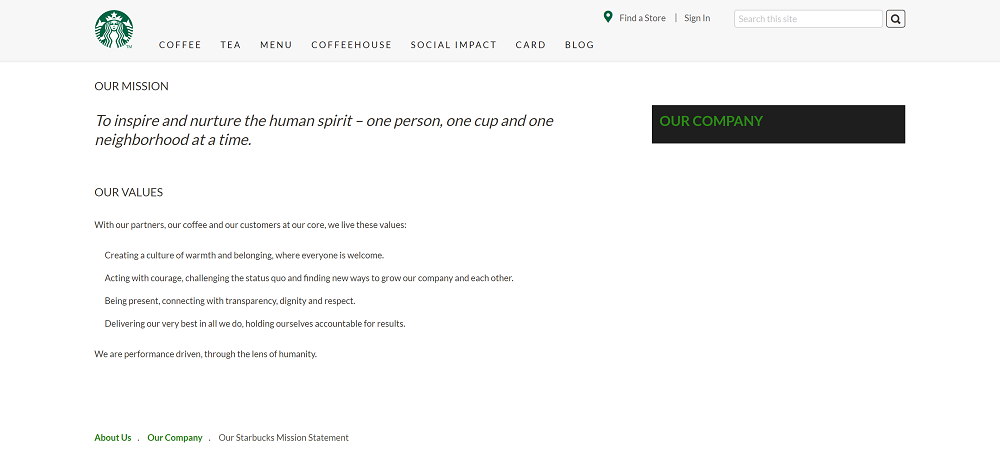
According to a study recently conducted by Manpower Group, 40% of employers worldwide report difficulty filling jobs – the highest proportion since 2007. This fact is a blinding glimpse of the obvious for nearly any company trying to find top-notch talent in today’s near-zero unemployment economy.
Employer branding needs to work hard to attract the best talent by creating awareness and consideration among prospective employees of what your firm offers as an employer.
But what specifically needs to be done to this end? Consider the following:
Give people a compelling reason to consider working for your company.
There is an old saying that goes “If you don’t know where you are going, any road will get you there.” This holds true for having a well-articulated Employer Value Proposition (EVP) or not.
A company should be clear about what it stands for as an employer and subsequently reflect that in its EVP. It should be stated in benefit-based terms for the prospective employee, not be about the product and/or services sold by the company. And it definitely shouldn’t be some irrelevant reflection of the company’s mission, vision, or values.
Accenture does a great job of this on its careers page:

Enable your current employees to consistently and confidently “speak with one voice” to customers, each other, and prospective employees.
Every time an employee talks about your company, they can inadvertently reposition it. Their behavior can have a similar effect. Here is where an organization’s mission, vision, and values should be clearly defined and flow through both employee and employer communications.
Starbucks does this quite well:

Clearly understand the perceptions of your employer brand among both current and prospective employees.
“Employee satisfaction” is the term used to describe whether employees are happy and content with how their work fulfills their desires and needs. Apart from speaking to them one-on-one, periodic employee satisfaction surveys and/or meetings with small groups of employees are good ways to measure satisfaction.
These surveys typically ask about company management, employees’ understanding of the company’s mission/vision, empowerment, teamwork, employee communications, and co-worker interaction. They can also provide great insights about the strengths and weaknesses of a company from an employee’s perspective.
For example, did you know that “respectful treatment of all employees” is the most important factor in job satisfaction in the U.S.? It’s true and, according to a survey by the Society for Human Resource Management, no other factor drives employee satisfaction more. Fairness and transparency are also important job satisfaction drivers.
Learning from this type of research can help inform more credible Employer Value Propositions by making them more objective and genuine – becoming data-based rather than subjectively set by senior management.
Surveying recent hires, and even those people who were offered jobs and turned them down, can also provide valuable insights on why your firm was considered as a potential employer and what motivated people to either accept or turn down a job offer.
There are many online survey tools that are fast, cheap, and easy to use for employer branding research. Survey Monkey, for example, is one of the best and even offers a guide on how to use it effectively.
Leverage your current employee base as employer advocates/brand champions.
Today, more than ever, a brand is what people talk about with each other versus what some high-priced branding agency, consultant, or senior management says it is. Communications that talk to people (versus talking at them) and invite a conversation are far more effective than those strategies built solely from a persuasion, memorability, or audience engagement standpoint.
Your current employees are the obvious place to start. This is especially true if they are happy with what they are doing at work, how they are doing it, how they are being treated, and how things like training, mentoring, and adequate/timely advancement opportunities helping them fulfill their career aspirations.
Social media is a powerful venue for this type of communication, and no one does it better than DELL with “Life at Dell” (@CareersAtDell) on Twitter. With 23.8K followers, the engagement metrics speak for themselves. DELL also make good use of dynamic and streamed content to help tell their employees’ stories:
Hobnob with leaders like @Rios_bruny, our VP of Corporate Accounting, at #PowerPerformance17! https://t.co/4AjBugTp3S @nbmbaahq @Prospanica pic.twitter.com/B3ux92QSPF
— Life At Dell (@CareersAtDell) September 26, 2017
Be genuine, authentic, believable.
Corporations are in a pitched battle for top Millennial talent as many are opting for work at smaller and more entrepreneurial start-ups. As Matthew Tyson wrote in The Huffington Post last year, “Millennials are actually kind of in control now, and before long, they’ll be the number one market influencer. Which means that at some point, brands and businesses are going to have to nix it with the advertisements and find a new angle—one that’s focused more on authenticity and value instead of the sale.” Tyson continued to say that “Millennials need to know you before they trust you. They want transparency.”
Last year, Fortune Magazine published a list of 30 companies that put their employees front and center. As Fortune noted, “Many CEOs love to talk about the importance of their employees. ‘Our people are our greatest asset’ is an all-too-familiar phrase. But very few executives manage to translate such words into action.”
One notable exception to this rule on Wall Street is WR Baird. As Fortune observed, “This employee-owned financial services firm credits a strong culture based on unconditional respect for all employees and a rigorous approach to equity for keeping them on course. Everyone has the same standard size office in Baird’s newly renovated headquarters, and there are no executive perks.”
Baird even lets their associates tell their stories via streamed videos:
It’s clear that companies both large and small will need to pay close attention to savvy employer branding practices if they want to stay competitive in the battle for top talent, including those in the C-suite working in collaboration with human resources, marketing, and line management.
Image source: Jose A. Thompson